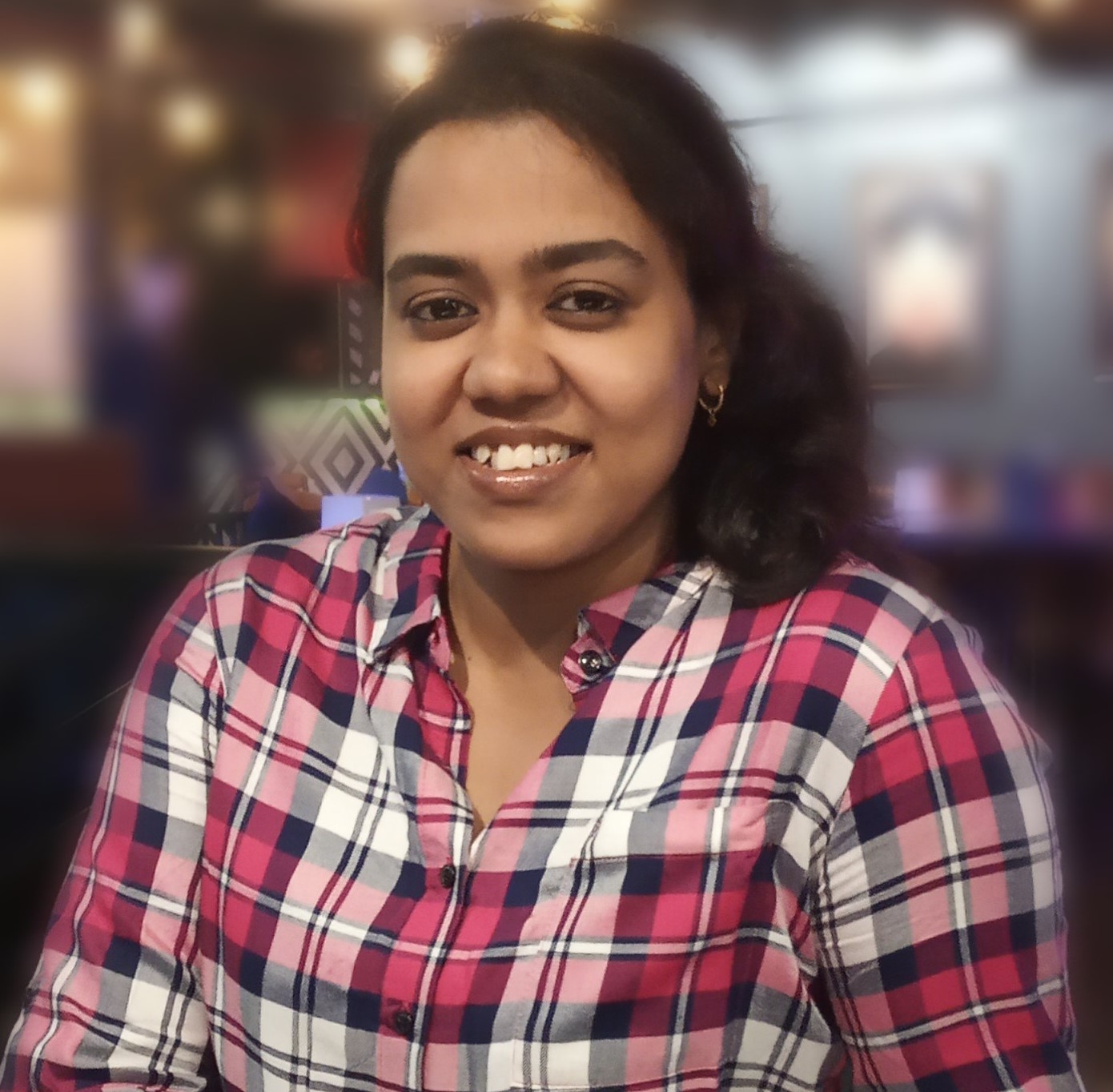| University | University of Groningen (UG) |
| Institute and/or group | Stratingh Institute for Chemistry (Stratingh) |
| Advisors | Prof. dr. Adriaan Minnaard (UG), Prof. dr. Arnold Driessen (UG) |
| oLife Research Areas | II. Defining properties and synthesis of Life, from the molecular to the biosphere level III. Modelling, predicting and steering of Life |
| Start date
End date Next career step |
September 1, 2020
August 31, 2023 Extension at UG till November 30, 2023, after that unknown |
Profile of the fellow
Samarpita Mahapatra was born in Kolkata, India. Since school life she was driven towards science and showed an immense interest towards Chemistry. She had received B.Sc and M.Sc degrees from University of Delhi with specialization in Organic Chemistry. During her M.Sc, she got selected for Summer Research Fellowship under Indian Academy of Sciences. As a summer research fellow, she worked with Prof. Dilip. D. Dhavale, University of Pune on carbohydrate chemistry and how it can be implemented into designing a carbohydrate based supramolecule. Later, she cleared the national level fellowship exam (CSIR-UGC NET) for doctoral studies and obtained her PhD in Chemistry from Indian Institute of Technology Kanpur under the supervision of Prof. Dattatraya H. Dethe. As a PhD researcher, her main focus was on Organic Synthesis specifically Total synthesis of natural products. She has achieved good experience on multiple step synthesis, handling sensitive reactions and reagents along with careful purification techniques. In September 2020, she has joined Prof. Adriaan Minnaard, University of Groningen for oLife postdoctoral research, where she will be working upon synthesis of Acidobacterial ether lipids.
Synthetic and biochemical studies of acidobacterial ether lipids- Backbone of origin and sustenance of life
Living organisms on earth have been categorized into 3 different domains to picturesque the evolution of life – Archaea, Bacteria and Eukarya. The prime difference between these domains is their cellular membrane composition. Lipids constitute the main and a key component of cell membranes. The difference in the structure of these lipids has been the deciding point for differentiating Archaea, Bacteria and Eukarya. This difference has been termed as Lipid Divide. Lipids play an important role in the sustenance of life since they are the only organic material that have survived deep time and resisted degradation unlike other materials such as DNA, RNA, proteins, carbohydrates, etc. Thus, study on these lipids proves to be guiding light for understanding origin and evolution of life.
Lipids are fatty acids attached to the glycerol through either ether or ester linkage. Archaeal lipids contain isoprenoid fatty acids attached to the sn-glycerol-1-phosphate through ether linkage. This differentiates Archaea from bacteria and eukarya which have fatty acids attached through ester bond to sn-glycerol-3-phosphate backbone. The chemical structure of the cellular membrane lipids ranges from open chain to cyclic form to macrocycle tetraethers (GDGT). GDGTs are present in two forms- isoGDGT and brGDGT. isoGDGTs are found in Archaeal membrane and due to isoprenoidal structure they possess methyl branches at regular intervals. brGDGTs are mainly isolated from Acidobacteria (a highly diverse phyla of bacteria). They also have methyl branches but not as regular as isoGDGT. brGDGTs are used extensively by geochemists and paleoclimatologists as temperature and pH proxies to study the conditions prevalent millions of years ago.
This project aims at studying these brGDGTs and understand the connection of Acidobacteria with both Archaea and Bacteria. We aim to carry out the first synthesis of brGDGTs and develop a methodology for making such macrocycles. Also, assignment of stereochemical configuration to them, that has still not been reported. In parallel with the synthetic studies, a careful analysis will be carried out on the analogy (in terms of lipid structure, enzyme homology and function) of archaeal lipids, acidobacterial lipids and actinobacterial lipids.

Dr. Samarpita Mahapatra
